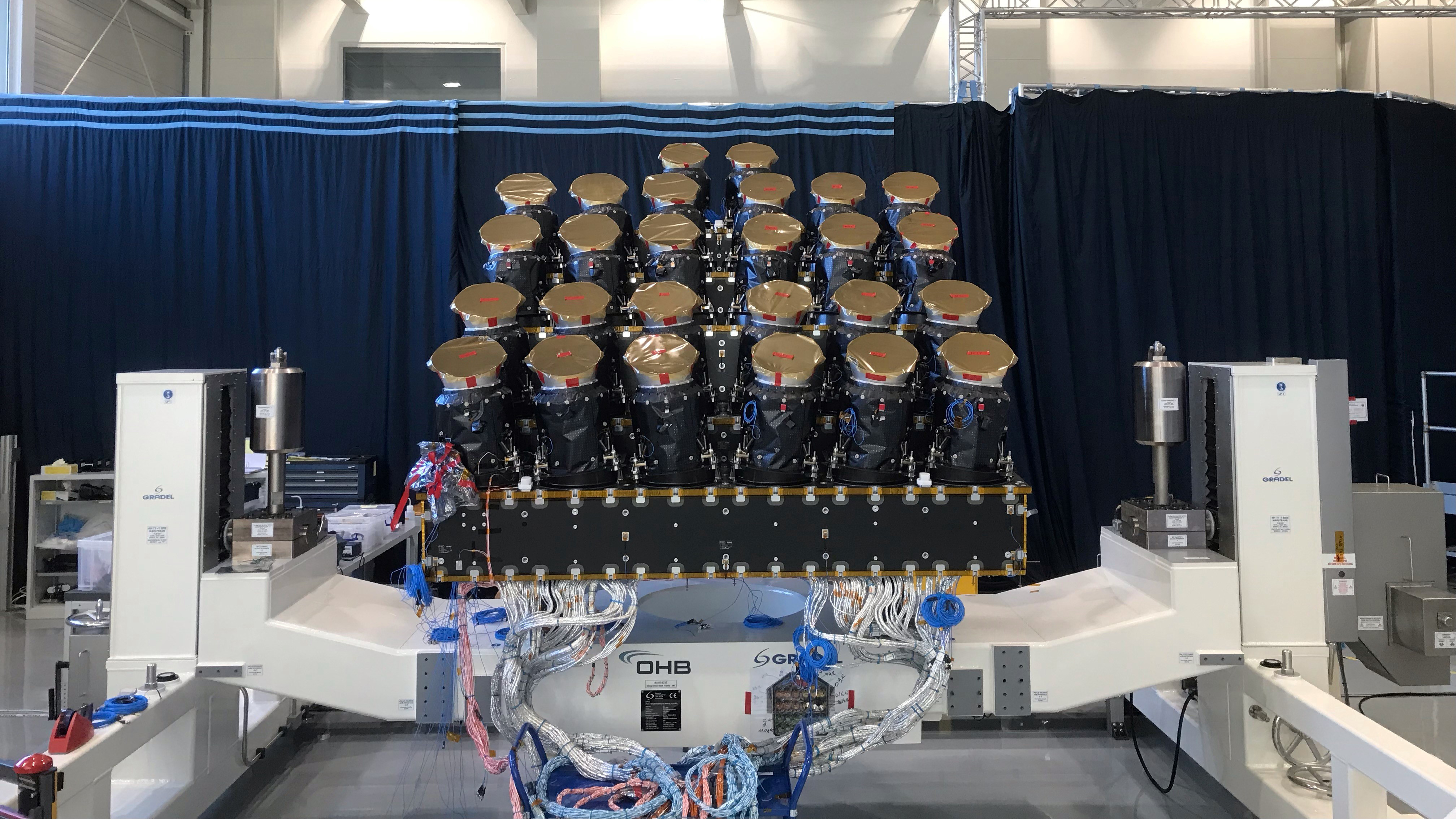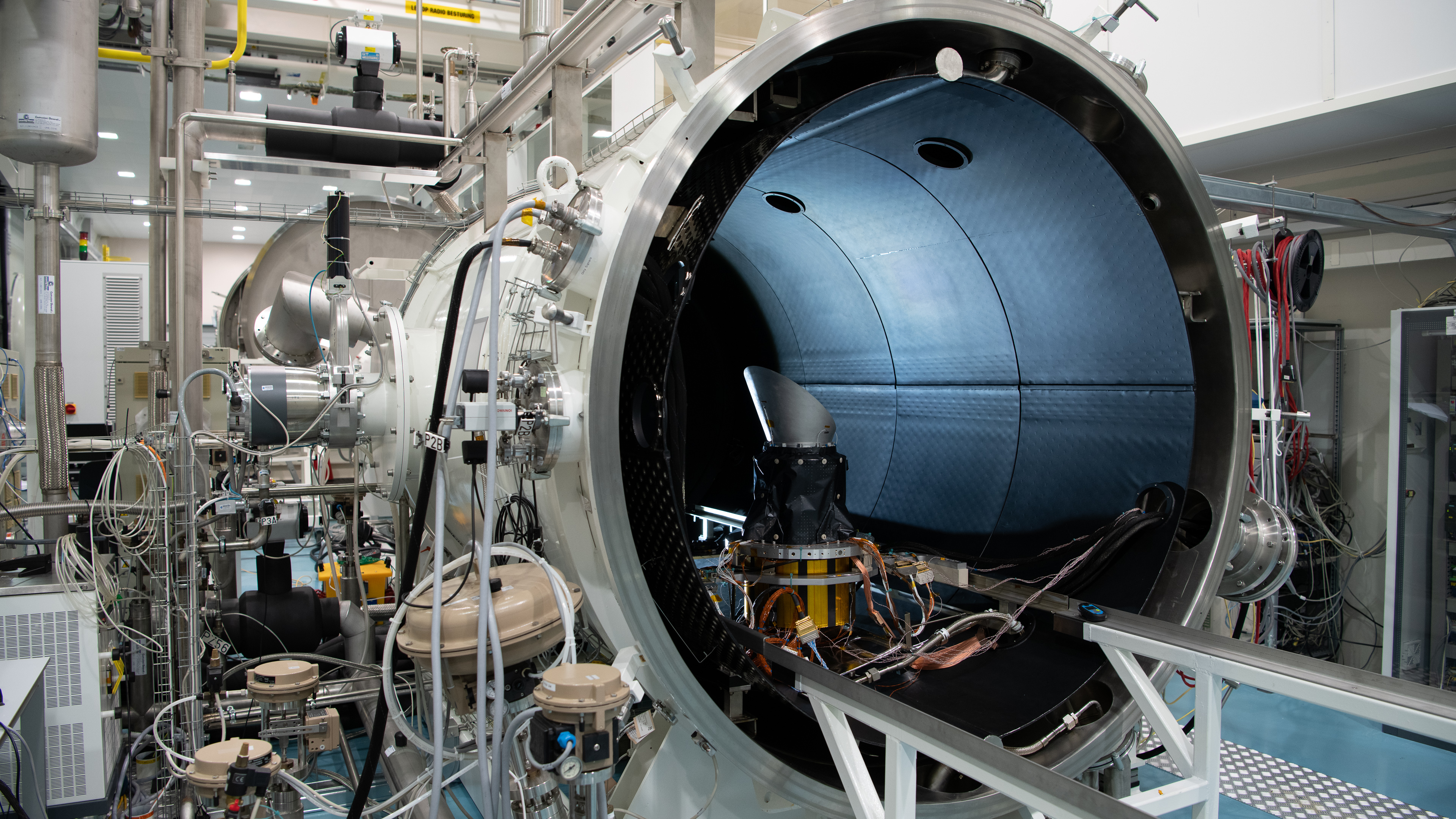
In an attempt to find Earth-like planets in the Universe, the European Space Agency (ESA) will launch its Plato (PLanetary Transits and Oscillations of stars) space mission in 2026.
The 26 cameras that will be used on the Plato spacecraft are now being integrated at the Space Centre and Optics facility, run by European space technology group OHB (Otto Hydraulik Bremen), in Oberpfaffenhofen, Germany.
With each camera capable of 81.4MP images, the overall spacecraft will ve capable of 2 billion-pixel images – a world first in any space mission.
One by one the cameras will be attached to the optical bench, the surface that keeps all the cameras pointed in the right direction, and the first camera has now been successfully attached.
Planter hunter Plato will use 24 "normal" cameras and a pair of "fast" cameras to look at more than 200,000 stars and the rocky planets orbiting them. Specifically, Plato will discover and study planets in orbits up to the 'Goldilocks' region, the habitable zone around the star where the temperature is just right for liquid to exist on a planet's surface.
"Plato will characterize hundreds of rocky (including Earth twins), icy or giant planets by providing exquisite measurements of their radii (3% precision), masses (better than 10% precision) and ages (10% precision)," says the ESA.
"This will revolutionize our understanding of planet formation and the evolution of planetary systems, as well as the potential habitability of these diverse worlds."

The cameras acquire images every 25 seconds and have a field of view of 1,037 square degrees. They have been grouped into 4 sets, each set pointing outwards at a 9.2-degree angle, allowing for a total field of view of 2,232 square degrees. This means that about 5% of the whole sky can be observed simultaneously.
The fast cameras have a cadence 10 times higher than that of the normal ones, with an image being captured every 2.5 seconds. They are only capable of detecting bright stars but are extremely useful for navigation.
One of the fast cameras has a red filter and one a blue, to help distinguish between starlight reflected off the exoplanet surface and emission from the exoplanet itself, aiding with more accurate solar mapping.
Plato's Instrument System Engineer, Yves Levillain said:
"Away from the Sun’s brightness we expect to be able to detect the presence of Earth-like exoplanets, where life as we know it might be able to develop, and even to perform stellar seismology, gathering evidence of ‘starquakes’ in the stars we observe."
If you feel like photographing the stars, why not take a look at our guide to the best cameras for astrophotography and best lenses for astrophotography. Also check out the best star tracker camera mounts for astrophotography.







